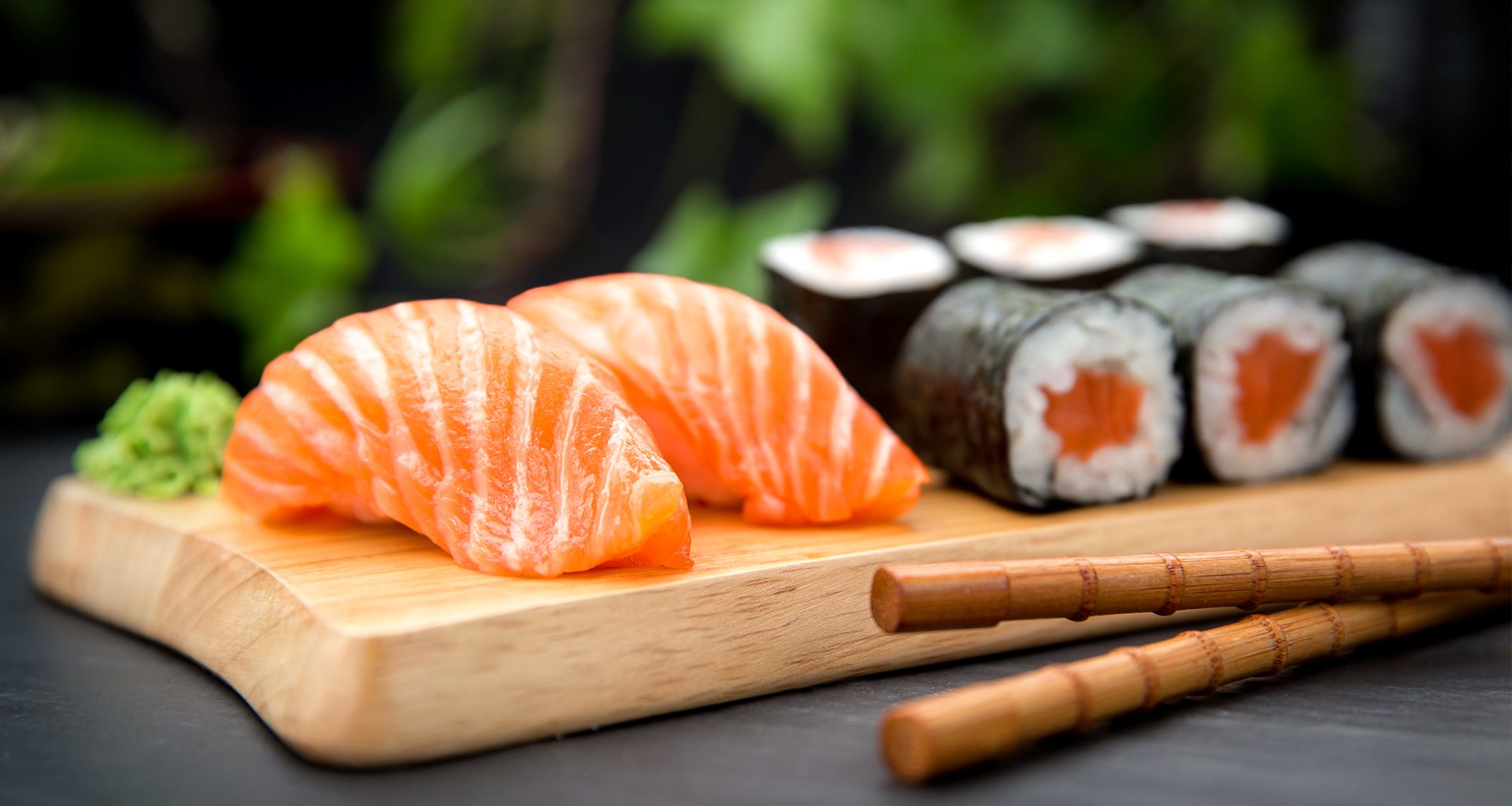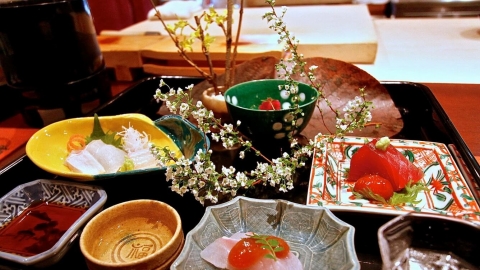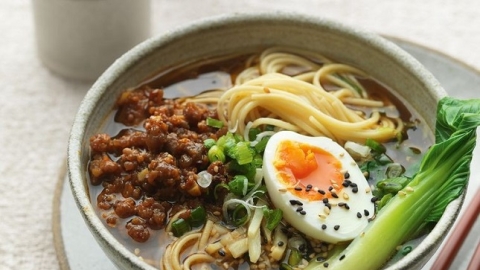Traditional Washoku
Washoku are traditional Japanese dishes, depending on the season and region, with a light flavor that helps diners fully enjoy the elegant flavor of the dish.
In 2013, UNESCO recognized Washoku, which highlights the Japanese New Year's meal, as an Intangible Cultural Heritage of Humanity. It states: "Washoku is a social practice, based on a group of skills, knowledge and traditions related to the preparation, ingredients, processing and consumption of food. Washoku uses natural resources in a sustainable manner, following the principle of respecting nature. Washoku includes traditional dishes with ingredients selected according to the season, such as rice, fish, vegetables, etc., with unique flavors and traditional culinary styles over many centuries of Japan".

Sashimi (raw fish) preserves the freshness of natural flavors. These are slices of fish about 2.5 cm wide, 4 cm long and 0.5 cm thick, served with wasabi, ginger, white radish, seaweed rolled in perilla leaves, dipped in Japanese sweet soy sauce and chili sauce.
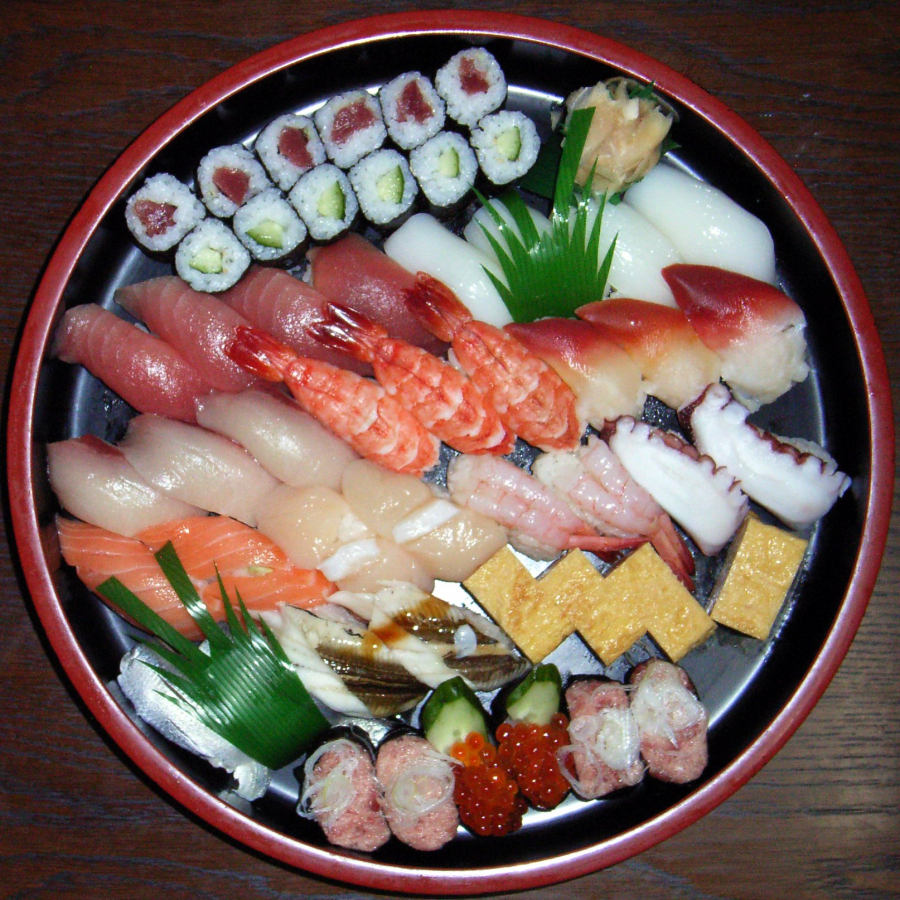
Traditional sushi consists of vinegared rice (shari) combined with other ingredients (neta). Neta and the way sushi is presented vary greatly, but the main ingredient that all sushi has in common is shari. The most common neta is seafood.

Tempura is seafood or vegetables coated in flour and egg, deep-fried in oil, and served with shoyu soy sauce.
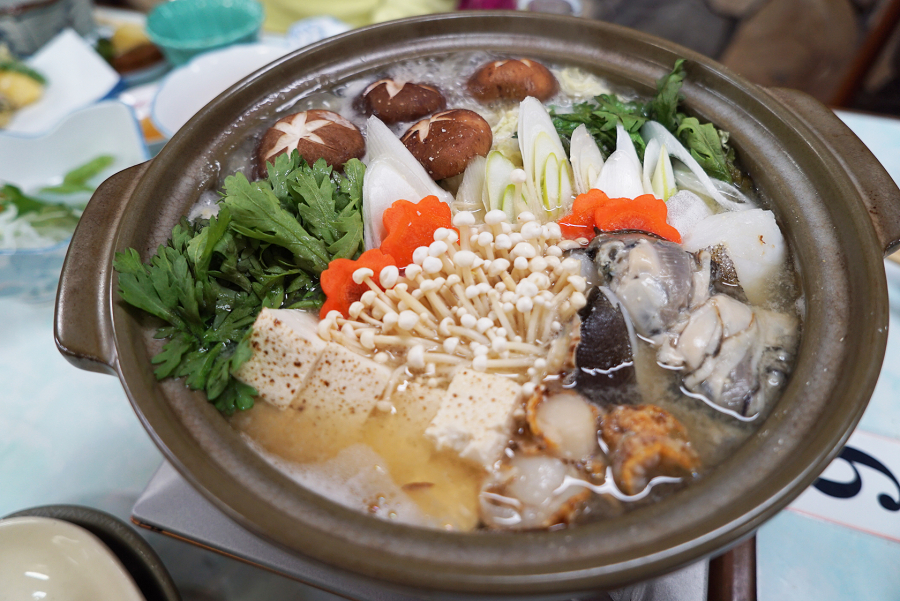
Nabe (hot pot) is a dish cooked in a pot of stew placed right on the table, loved by the Japanese and eaten a lot in winter, made from seafood, beef, chicken and vegetables.
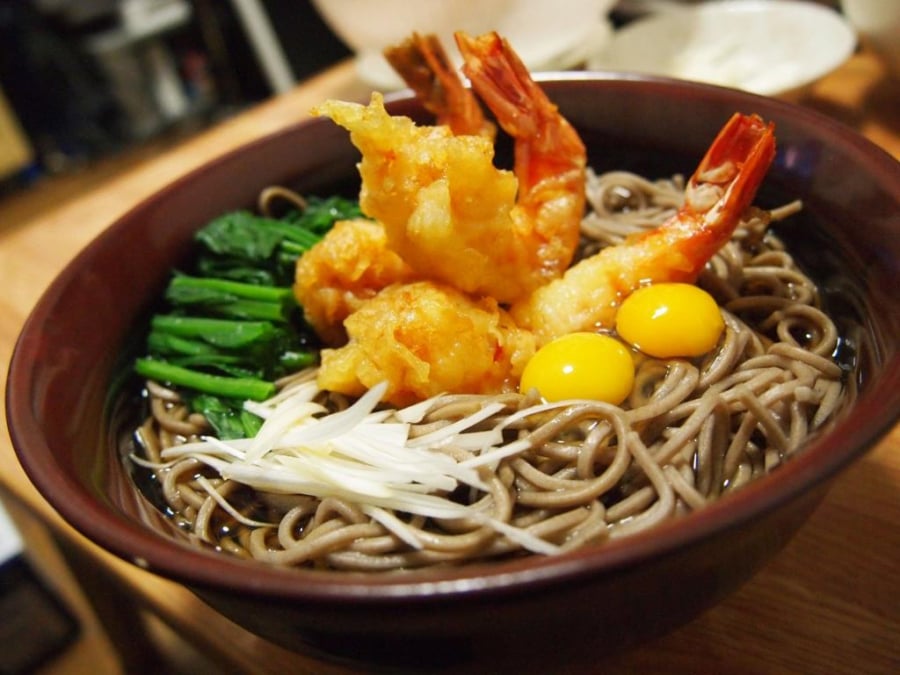
There are thousands of different types of noodles in Japan, the most popular of which are ramen, udon, and soba.

Donburi (Japanese rice bowl) is a dish of rice with fish, meat, vegetables and other ingredients eaten in a bowl.

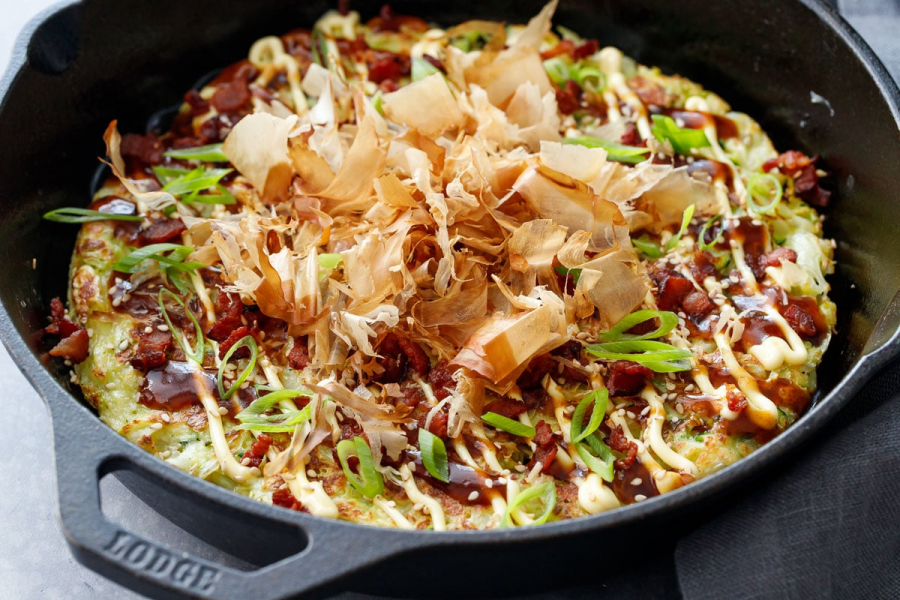
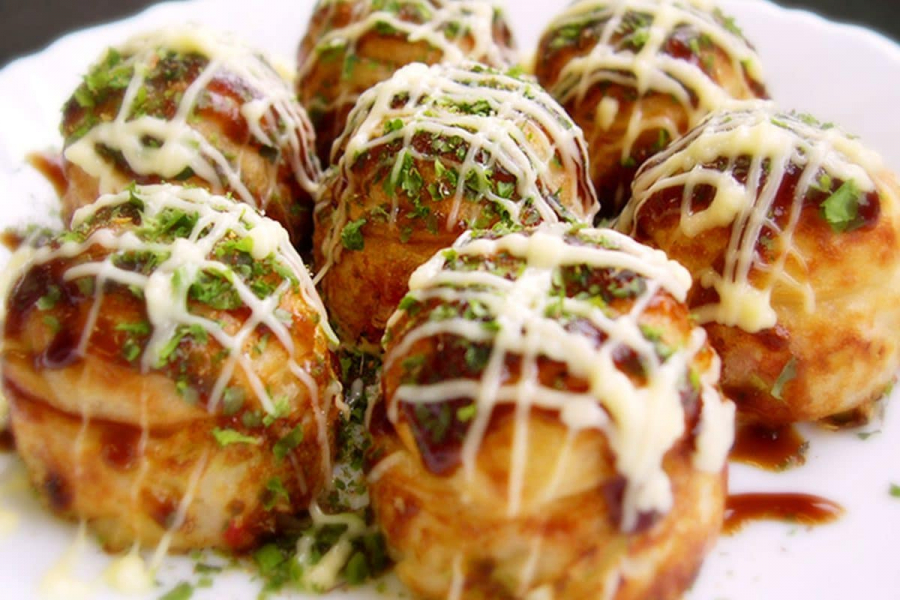
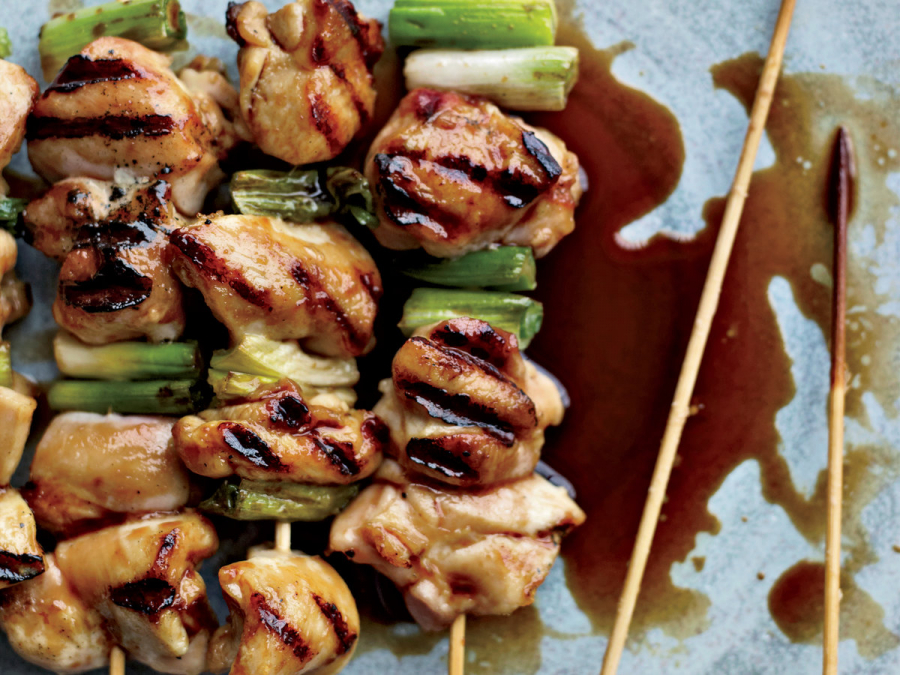
Japanese yaki (grilled) dishes are always at the top of the list of must-try dishes when visiting this country. Yaki can be found on every street in Japan and there are thousands of restaurants nationwide specializing in yaki.
Creative Yoshoku
Yoshoku are dishes that originated from the West but are cooked in the Japanese style. These dishes are no longer authentic Western dishes, but only have Western origins or some characteristics, with the Japanese adding their own variations. Yoshoku is also considered 100% Japanese dishes that are no different from traditional cuisine.

Omuraisu is an egg roll dish, the name is taken from Omelette (fried egg) and Rice (rice).
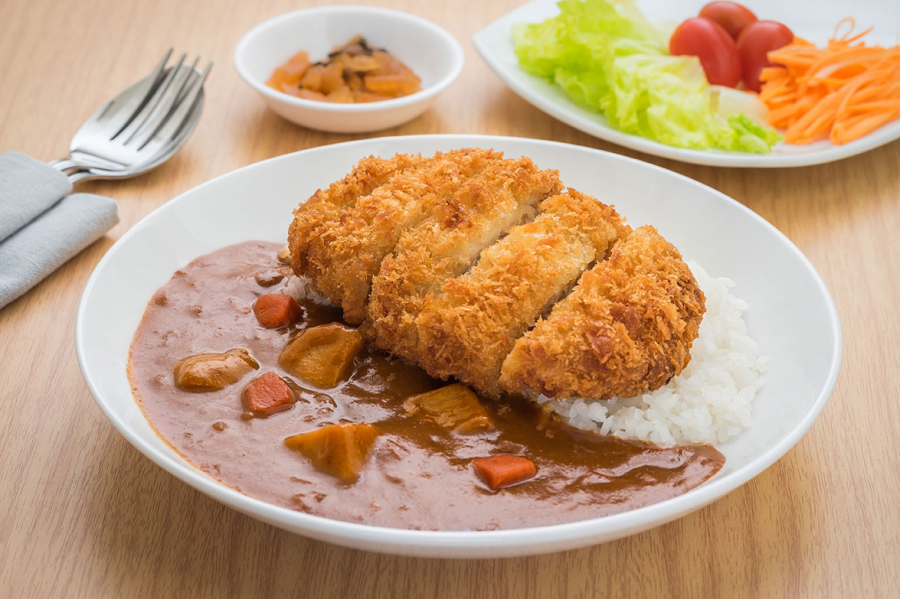
Kareraisu is a curry rice dish of Indian origin.
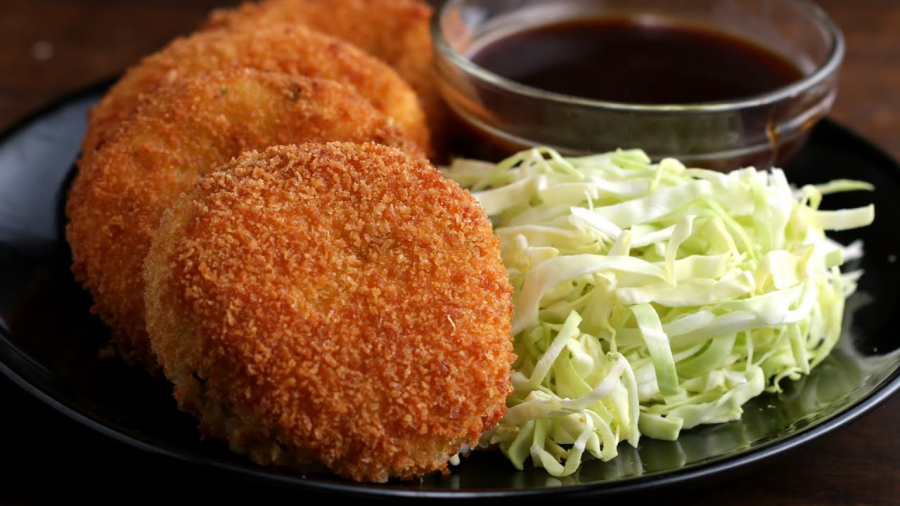
Korokke is the Japanese version of the croquette - a dish of mashed potatoes mixed with Béchamel sauce and fried, originating from France.

Japanese-style hambagu is just the meat of a regular hamburger, without a bun, usually eaten with rice or salad with sauce, shredded cabbage and ponzu sauce.
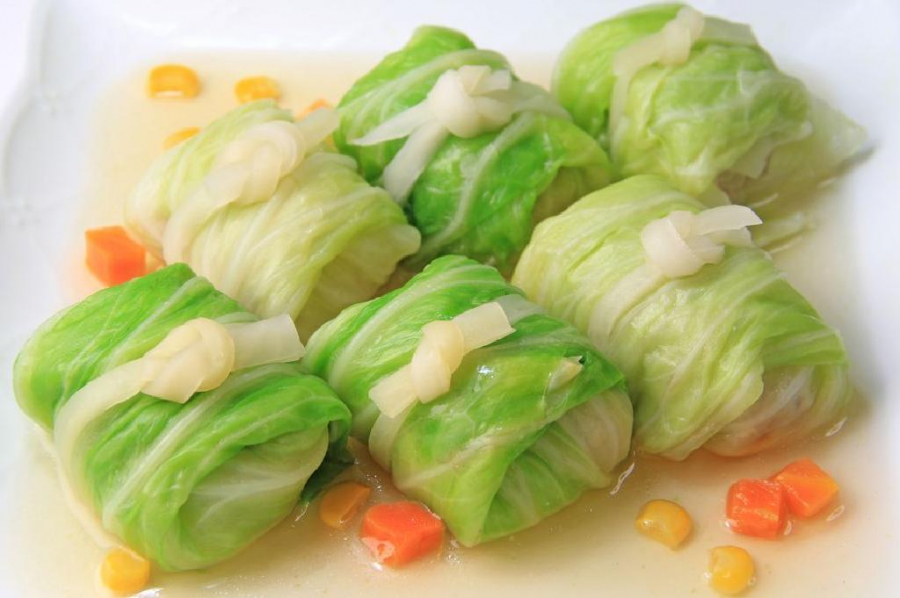
Roru Kyabtesu (cabbage rolls) originates from Sweden and Finland, and is usually stewed and eaten with a sour fruit sauce. The Japanese often add it to Oden hot pot along with fish cakes and dashi stock.






